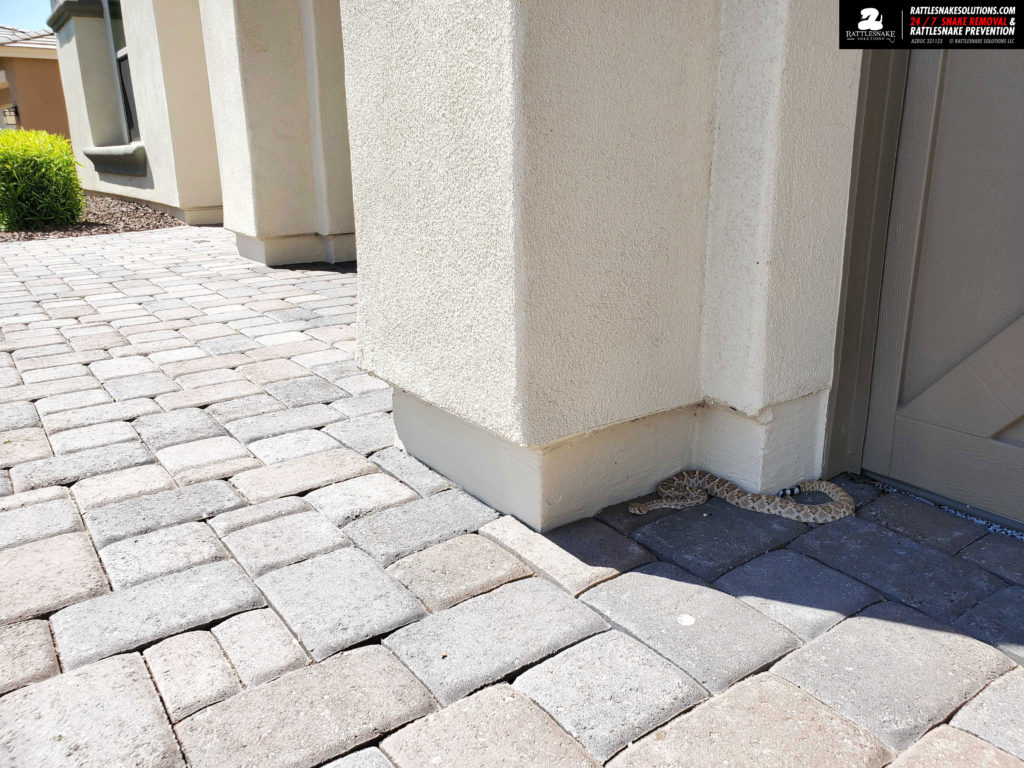
Arizona’s perfect weather in the shoulder seasons makes it an ideal place to spend the winter for seasonal residents. Affectionally referred to locally as “snow birds”, each year, they come and go. With their return to roost in the fall come the flurry of rattlesnake removal calls.
What do rattlesnakes do when we’re away?
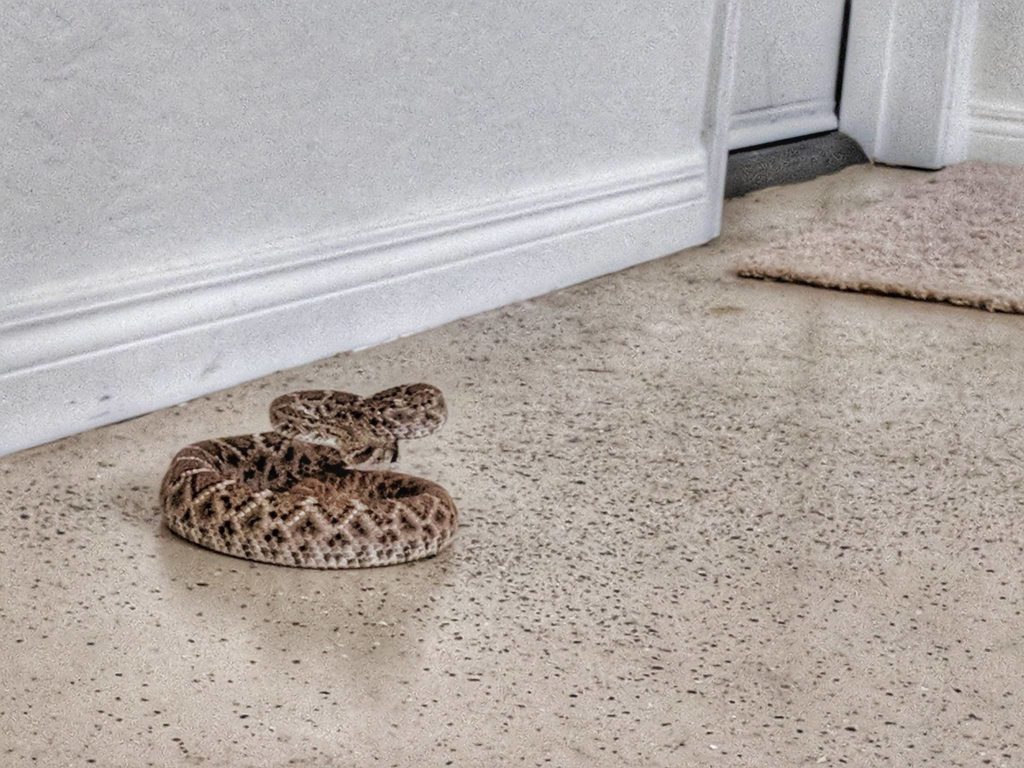
One of the apparently largest factors in rattlesnake activity (or lack of it) is simply your presence. Just our activity on the property can alter their behavior so they take greater care to avoid meeting us.1 So when you leave, it’s to be expected that wildlife will quickly move to reclaim the space. Even a few months can make quite a difference. We have learned this from 10 years of rattlesnake removals and working with property managers – a unoccupied home can greatly affect the chances of future rattlesnake encounters.
So what can we do to reduce our chances of having rattlesnakes move in?
What can you do to keep rattlesnakes and other wildlife from squatting on the property while you’re away? Aside from the easy stuff (covered here in our 5 Things you can do right now to see fewer rattlesnakes guide), there are a number of things you can do both before you leave, while you’re away, and prior to your return.
Before you leave:
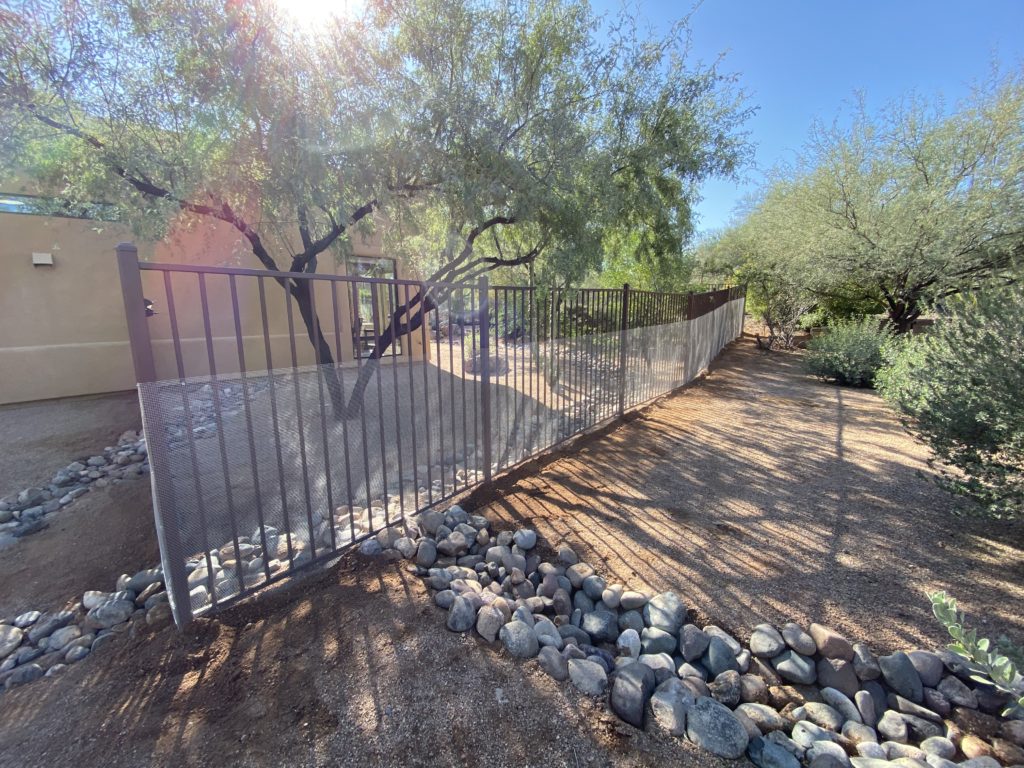
- Physical barriers are the best bet. Get rattlesnake fencing installed. If you already have it, make sure that it’s in top form and there are no holes, gaps, or damage that needs attention.
- Get rid of any debris – piles of construction stuff, roof tiles, those bricks by the side of the house, or deflated pool toys, etc.
- Ditch the lantana! Get to any last-minute landscaping choices before you leave. The fewer places snakes can hide, the better.
- Fix it! Repair any holes or gaps in the building, foundation, flashing, grill islands, or anywhere else that could become a summer home for snakes.
- Avoid making a cave. Make sure the garage is sealed up tight and in great condition.
While you’re away:
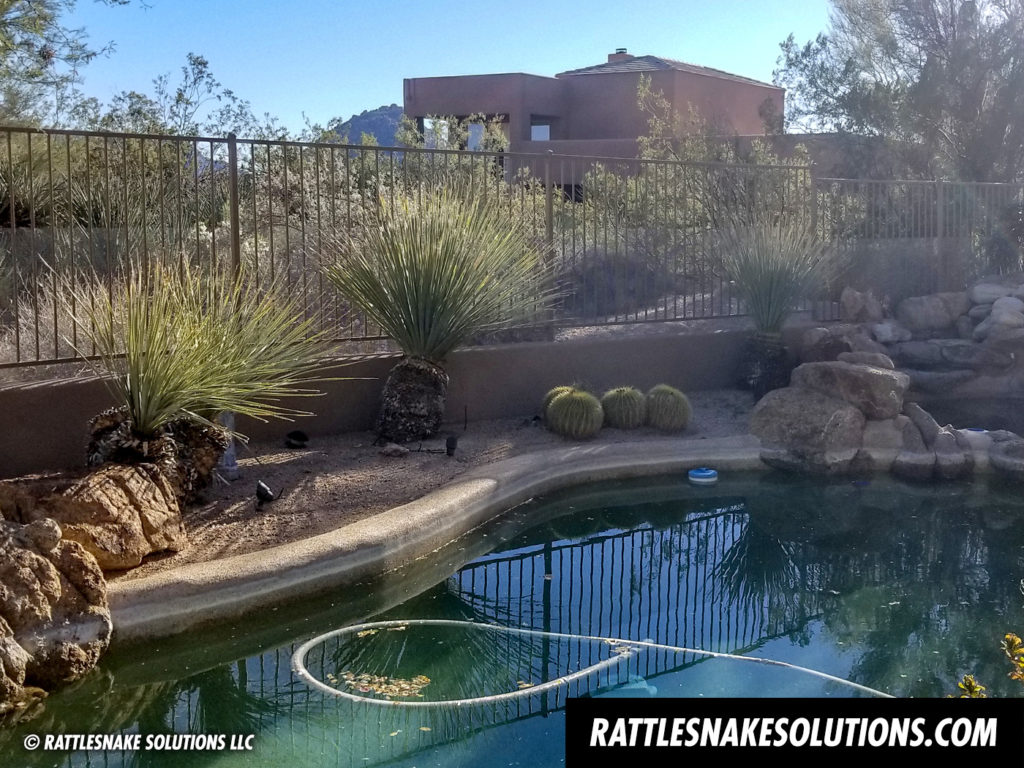
- Keep up on maintenance. This might cost some money, but making sure the services to maintain the yard are still in place can help keep rattlesnake activity away. A well-maintained yard that’s occasionally visited by people is less attractive than yards that are not.
- Get it checked out. Have someone knowledgeable about wildlife come do an inspection mid-way through your absence to identify any potentially problematic areas before they fully develop. You can also just ask a neighbor or a property manager to walk the property.
Before you return:
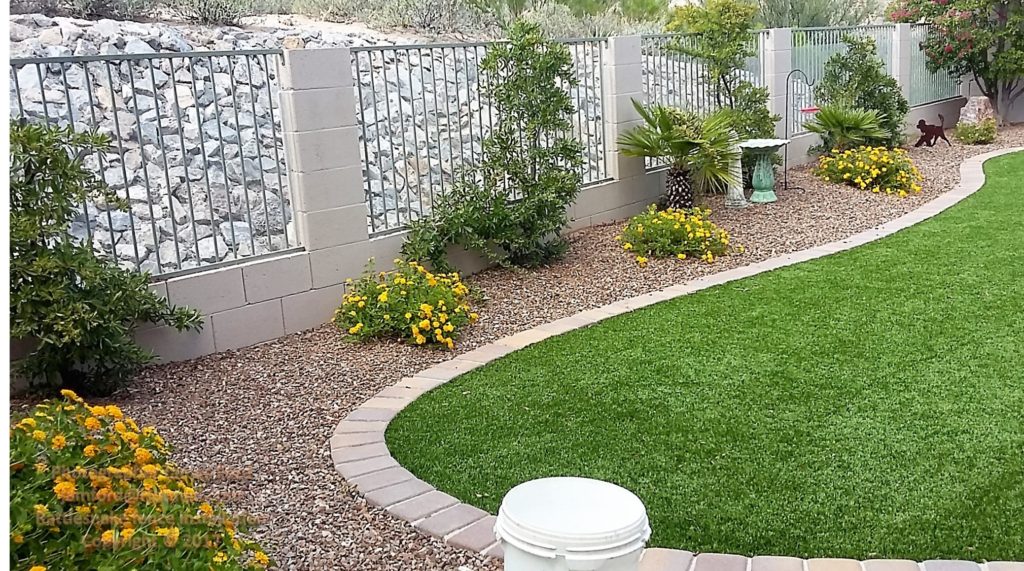
- Have the yard inspected. A few days before you come back, it may be a good idea to have a property inspection performed to make sure that any snakes that may have moved in while you were away can be found and removed.
- Do a once-over maintenance. Even though you may have keep the landscapers and pool guys coming the entire time, it’s a good idea to do a final touch-up just before you arrive. Rather than waiting until you get there, if you can get this done in advance, that will help eliminate the chances of displaced rattlesnake encounters.
- Read up on local snakes. Many of our snow bird residents actually come from those far-off summer destinations, so knowledge of the native wildlife is still a work in progress. During that long drive (passengers!) or wait at the airport for your return, brush up on knowledge of what may live in your yard and how to identify it.
Once you return:
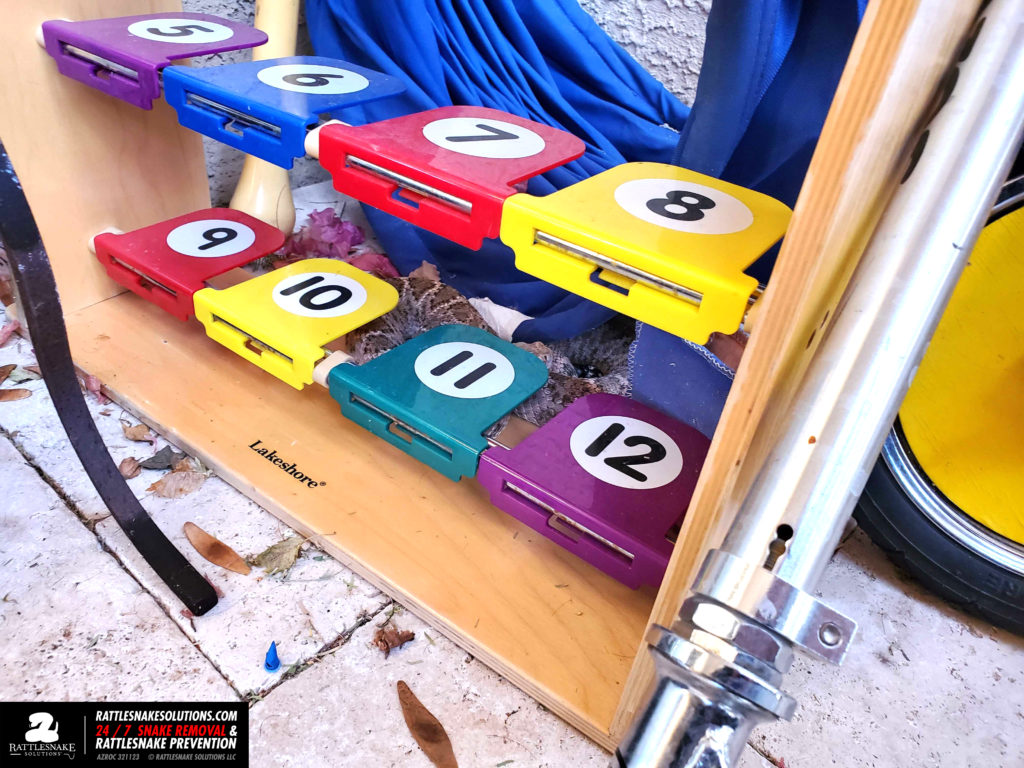
- Walk the property. While everyone is unloading the car, get right to it: walk the entire property and do a check to see if anyone else is there. If you do find a snake, call to have it relocated ASAP.
- Be on guard. For a week or so after you come home, be more cautious than normal and make be aware that the new activity in the area may change the behavior of wildlife, including rattlesnakes. That also goes for the return of your neighbors.
- Check the fence! Make sure that your rattlesnake fence is still tight and without damage. Rodents and other animals can sometimes dig or create problems even while you’re gone, so do the same inspection you did before you left to make sure it’s still good to go.
- Get to the big maintenance. For which items to focus on and lay out your time, refer to our How To Keep Snakes Away From Your Home – The Ultimate Guide
- Jump in the pool! This has nothing to do with snakes, but you’ve probably been thinking about it for a while so go for it.
Welcome back! Keep the education going.
The more you know, the safer your yard will be. Not only will you be better equipped to make your yard less attractive to snakes, but your behavior if you do see one will be better. Here’s a rather long presentation full of information that would be a good once-over when you get back to help you feel better about the whole situation.
- Meghan Beale, Stephane Poulin, Craig Ivanyi, Gabriel Blouin-Demers 2016. Anthropomorphic Disturbance Affects Movement and Increases Concealment in Western Diamondback Rattlesnakes (Crotalus atrox) Journal of Herpetology, Vol. 50, No. 2, 211-221, 2016.
